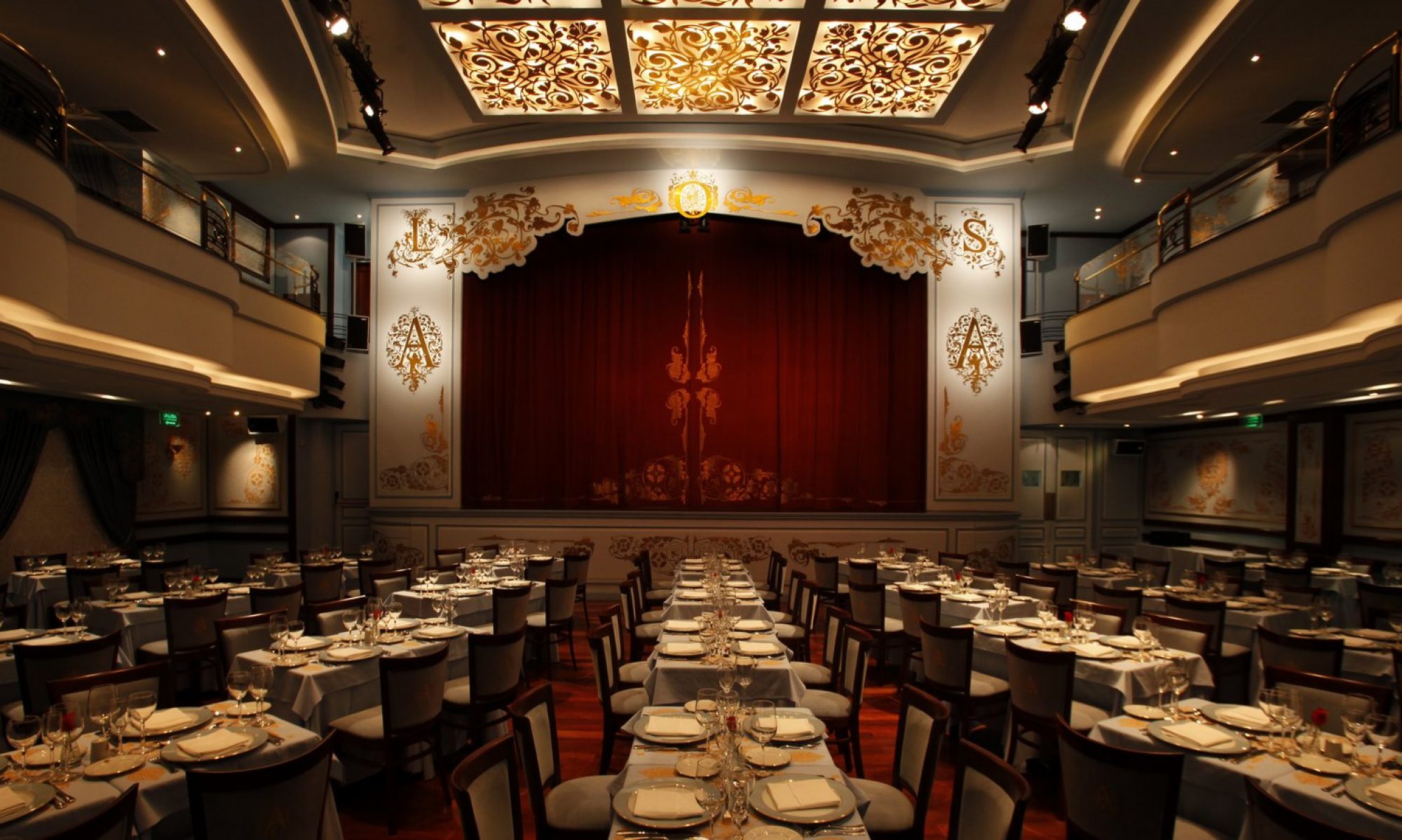After being born in the suburbs of Buenos Aires, the tango started taking shape.
The dance was an essential element to spread the genre, a dance with a cheerful and vivacious rhythm, and with a sad and emotional one as well.
The lyrics also became important, with every singer providing them with their personal mark. Among the most outstanding ones, Carlos Gardel, “El Zorzal Criollo” (“The Creole Thrush”) shone there, an unquestionable promoter of tango, who used to attend this historical “Café de los Angelitos” since its foundation in 1890.
The tango reaches its peak of popularity in the 40s, the era of poetry and of the large orchestras. The radio and the cinema significantly contributed to take it to a period of splendour up to the early 50s.
Between the 60s and the 70s, the popular preferences were oriented to other genres; however, the tango had a moment of special creativity in its modern variants, particularly with Astor Piazzolla. In the 80s, with the Argentine Tango Company, the genre was a sensation in Paris and in Broadway.
Today “this sad feeling that is danced” has aroused the interest of the youngest generations and some composers have surged who cultivate the Electronic Tango which is already heard worldwide. In this show we give expression to the different stages the Tango goes through.
Thus, this Coffee House attended by great personalities for more than a century, is proud today to reopen its doors to receive new visitors who will take delight in our dance and our music in a unique, incomparable show.






